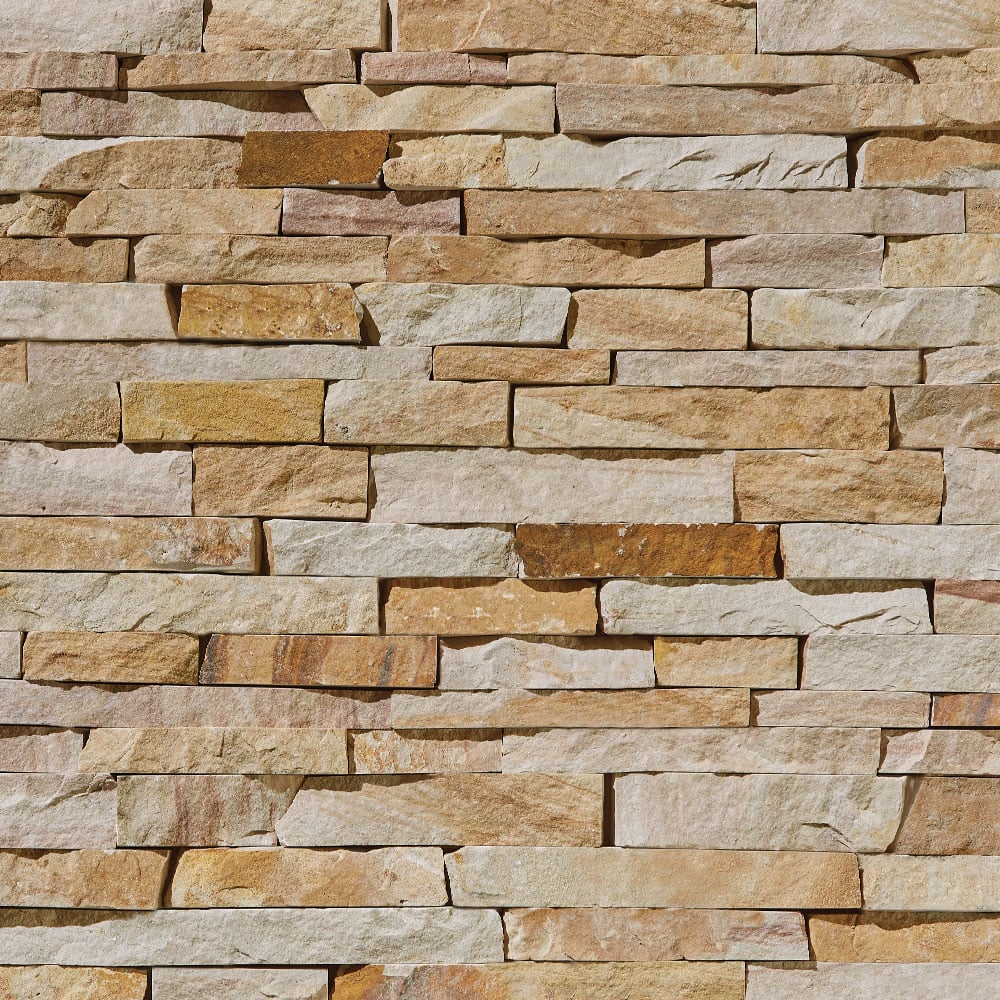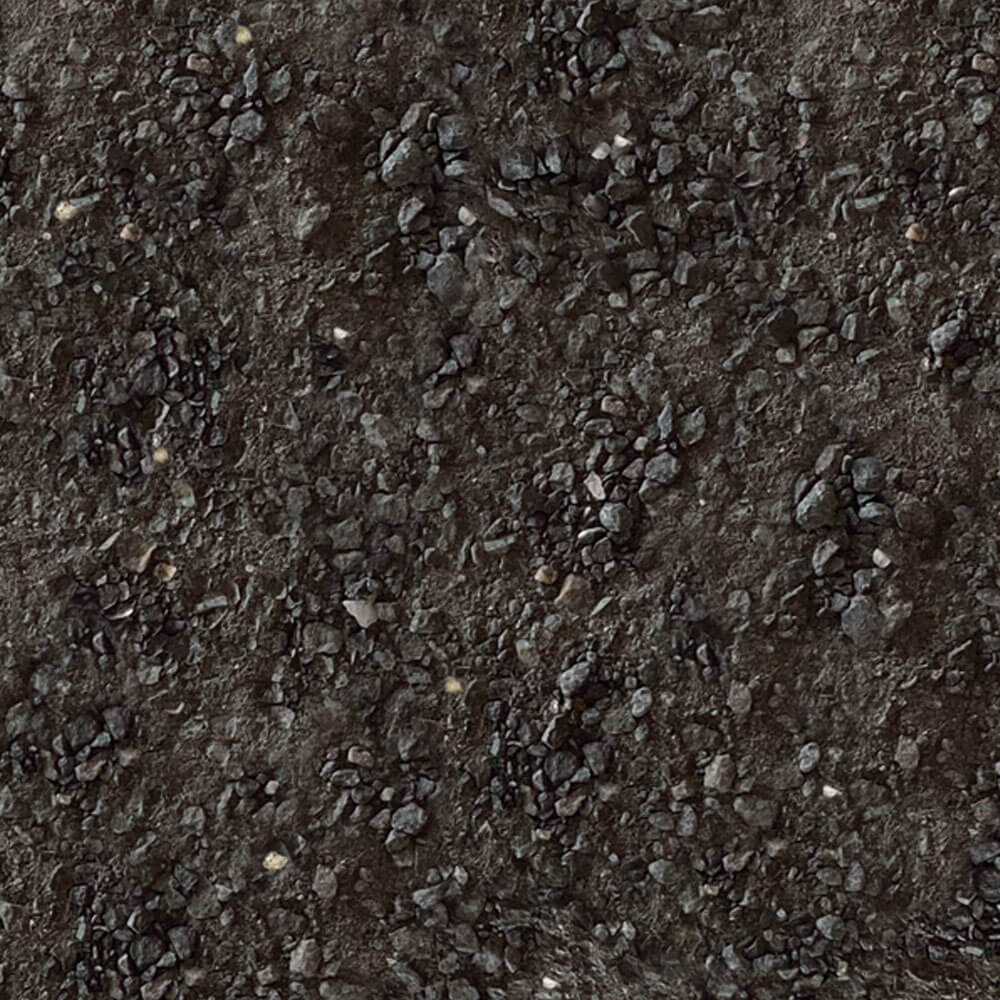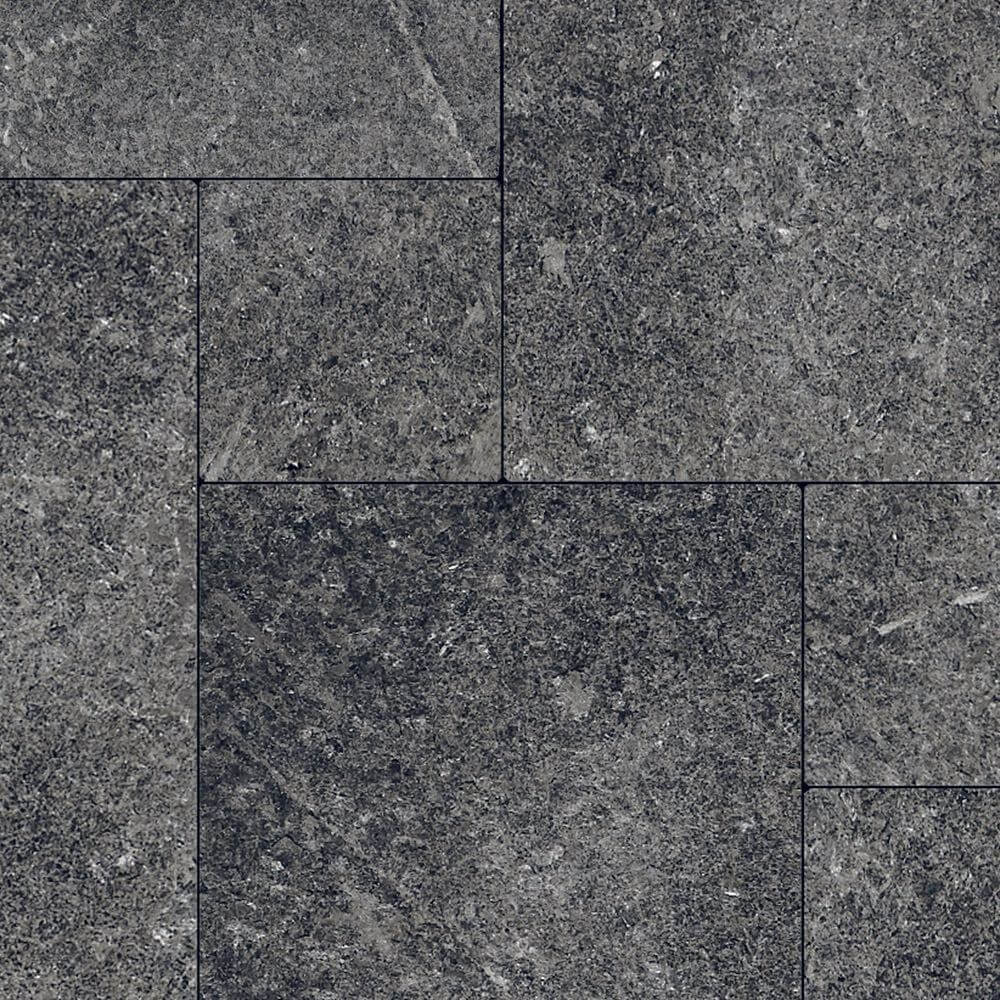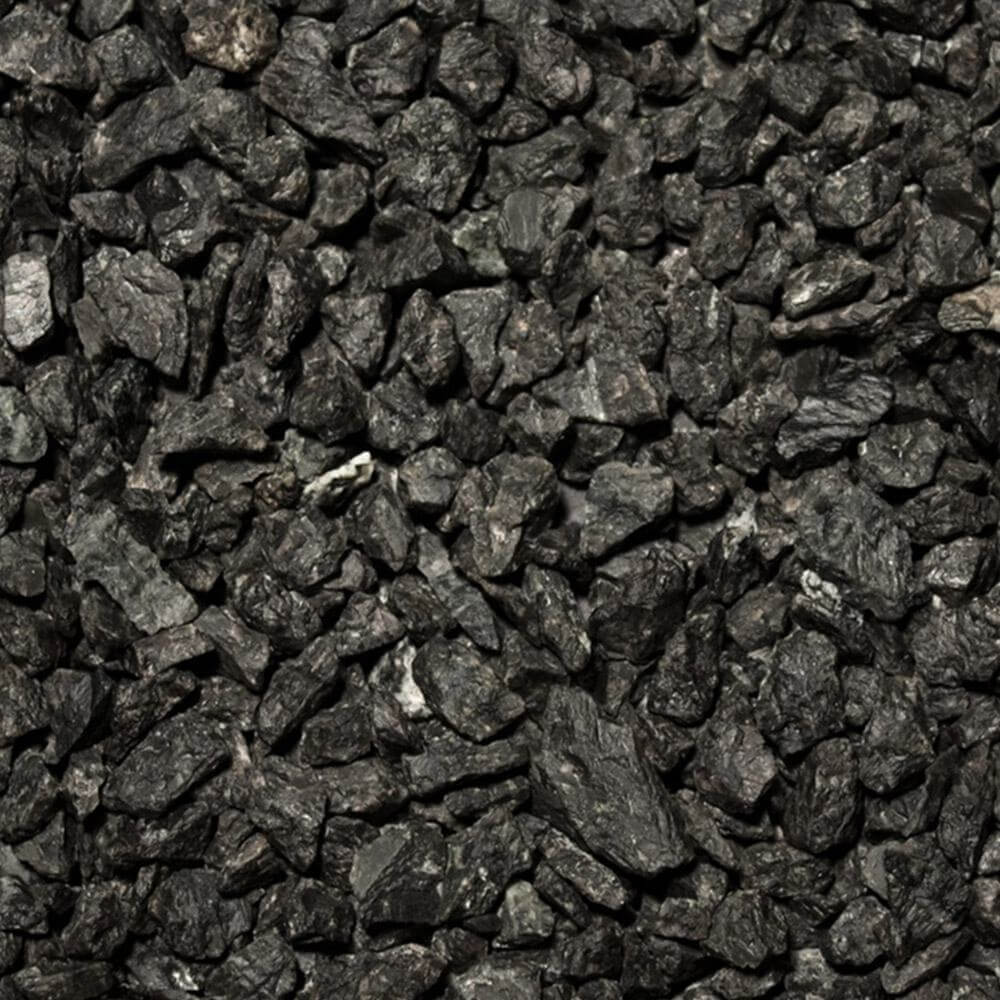Natural thin stone veneer is a beautiful and versatile product, ideal for a variety of indoor and outdoor applications. But pricing out thin stone veneer for your project can be somewhat complicated, with a number of factors to consider. If you’re working with thin stone veneer for the first time, it’s especially important to keep these factors in mind.
In addition to the initial cost of thin stone veneer, there’s labor costs, possible transportation and substrate preparation expenses, mortar and adhesives to purchase, and potentially some permits to pull. These factors make it very difficult to determine an ‘average’ cost for thin stone veneer, but it’s still possible to determine a fairly accurate estimate for your specific project.
Material Cost Considerations
Stone Type
Thin stone veneer can be made from natural stone, manufactured stone or even faux stone veneer panels.
Natural thin stone veneer costs can fluctuate based on the type of stone — along with the cut and any custom finishes that are desired. Certain stones, such as granite and quartzite, can cost more to extract and manufacture than other stones, like limestone.
Manufactured thin stone veneer costs often vary based on composition. While faux stone always contains a cement base and pigments for coloration, some brands also add polymers or lightweight natural aggregates to alter product performance.
While artificial stone veneer can be cheaper than natural stone veneer, this varies from product to product and manufacturer to manufacturer. It’s also important to recognize differences in product durability, longevity, and sustainability, which could have cost implications in the future.
Country of Origin
When it comes to natural stone, origin can make a difference in price, as well. That’s because some countries produce stone cheaply by ignoring ethical or sustainability considerations. Sourcing stone sustainability, as done in the United States and Canada, may accrue some additional costs, which are reflected in product prices.
Finish & Cut
The price of natural stone is also affected by the cut, or how it’s shaped. Certain cuts are more difficult and time-consuming to produce, raising the price of the product. It’s possible that two kinds of thin stone veneer — identical in all ways except for the cut — will have a significant price difference.
Some manufacturers also offer custom finish options, which can create a wonderfully unique aesthetic, but adds to the overall cost of the product.
Thin Stone Veneer Installation Costs
Stone Size and Shape
While the cut of a stone can affect material costs, it can affect labor costs even more. Irregular cuts are tougher to piece together, and smaller cuts mean more pieces to install. Large, consistent cuts of stone veneer are the easiest to work with and therefore should be the least expensive to install.
Of course, other considerations factor into installation costs — but make sure to discuss the cut of veneer you’ve chosen with your mason to get the closest estimate. The size and shape of the cut should impact the cost of your project.
Weight & Transportation
Heavier stone is generally more expensive to transport and install. There are slight weight differences in different types of natural stone, such as granite, marble, limestone and sandstone. But with thicknesses of less than two inches, these differences in weight aren’t substantial.
Manufactured stone can be significantly lighter, however. Depending on its composition, faux stone can be as little as eight to 12 pounds per square foot. This reduced weight could potentially reduce installation or transportation costs.
For most stone distributors, such as large home improvement retailers, transportation costs are built into the price of the stone. Smaller distributors or stone yards will likely have transportation costs built into the price of in-stock inventory but may pass shipping charges down to you for specialty orders.
Quarry-direct orders will always have separate shipping charges. If paying for shipping sounds unappealing, it’s important to remember that transportation costs always factor into the stone you buy. Quarry-direct pricing is just more transparent.
Substrate Preparation
At under 15 pounds per square foot, thin stone veneer is designed to be lightweight and versatile. This means that under normal circumstances, it can adhere directly to substrates such as concrete, plywood, paneling and metal without extensive prep work.
However, for large projects — or projects where the existing substrate is questionable — it’s best to consult an engineer before installation. Learn more about additional weight and structural considerations to factor in.
Mortar & Adhesives
Pay attention to the bidding on your project. Some installers include mortar, adhesives and other materials needed in their overall cost per square foot, while others keep these items as separate material costs.
It’s also important to note that some products are more expensive than others, such as colored mortar compared to standard mortar. Any underlayment materials, like a water-resistant barrier (necessary for outdoor use), wire lath and scratch coat could also add to the cost of your project.
Permits, Codes, & Regulations
Local building codes may require the use of specific materials or installation methods, which could add to the project budget. And, depending on the scope of the project, you may need to pull permits to legally proceed with the installation.
Maintenance Costs
Sealing
Under normal circumstances, many thin stone veneer options do not require sealing. It’s just an option for those who want additional stain protection or peace of mind, although it will increase the maintenance required since sealants have to be reapplied.
However, there are some types of veneer that may require sealing. Choosing a stone that does not require sealing can help to reduce your overall project and maintenance costs.
Cleaning & Repairs
Natural thin stone veneer is a very durable product that weathers well over time — even when exposed to harsh outdoor conditions.
Cleaning may be required to maintain the aesthetic of the stone. If there’s a buildup of dirt, debris or other material, it can be cleaned easily and inexpensively.
Manufactured stone veneer is often less durable and more prone to unsightly wear and discoloration. Since faux stone has pigmentation applied to the surface, chips and cracks are far more obvious. If damage does occur to these products, repairs can be costly.
Additional Considerations
Durability, Longevity & Sustainability
While it’s absolutely critical to consider all the upfront costs of your project, there’s another thing to think about — longevity.
Choosing high-quality materials and experienced masons can ensure that your investment lasts for decades. This could actually save you money in the long run, as you won’t have to replace this work down the road.
Longevity is also beneficial in terms of sustainability. Natural thin stone veneer can easily last several life cycles of other, less durable products, such as manufactured stone veneer. This creates less demand for new products and all of the resources that go into them.
Read more about how natural stone veneer is a sustainable choice.
Return on Investment
Depending on your interests, return on investment (ROI) could be on the top of your mind, or it could just be a bonus thought. Either way, a healthy ROI is always a good thing.
Thin stone veneer can have a strong ROI, helping to increase the value of properties by offering a beautiful, natural aesthetic. Returns vary by project and region, but a well-done project using thin stone veneer almost always increases the property value to some degree.
How to Get the Most Out of Your Thin Stone Veneer Purchase
Visit Showrooms & Talk to Experts
Visiting a showroom, or browsing an online catalog, can help you understand what stone options are available. This can help you find the best solutions for your project.
Don’t hesitate to ask for help as you’re browsing, either. The people who work with thin stone veneer every day will have helpful insights into products and product performance, along with installation tips and considerations.
Request Samples
Once you’ve narrowed your options down to a few choices, you can request some samples of the thin stone veneer you’re interested in. This way you can get a feel for the product before committing to a full order.
Obtain Multiple Quotes
To ensure you find the right product and service for your project, you’ll want to compare prices from different stone suppliers and contractors. You may find substantial price differences or differences in service or professionalism.
By getting multiple quotes, you can also gain a better understanding of the range of prices and options available to you.
Request a Mock-Up
Just as requesting a sample is important before committing to a product, requesting a mockup is important before committing to a project. Have your mason present you with a mockup, so you can be sure you’re aligned on your vision for the project.
This way, you’ll know exactly what the finished project should look like, and you’ll be able to request any changes before the project and ordering process has begun.
Ready To Get Started?
If you’re ready to get started, explore Kafka Granite’s Natural Thin Stone Veneer’s premium stone products ethically sourced from quarries throughout North America. Or, feel free to reach out to the Kafka team for guidance — they’d be more than happy to help!




